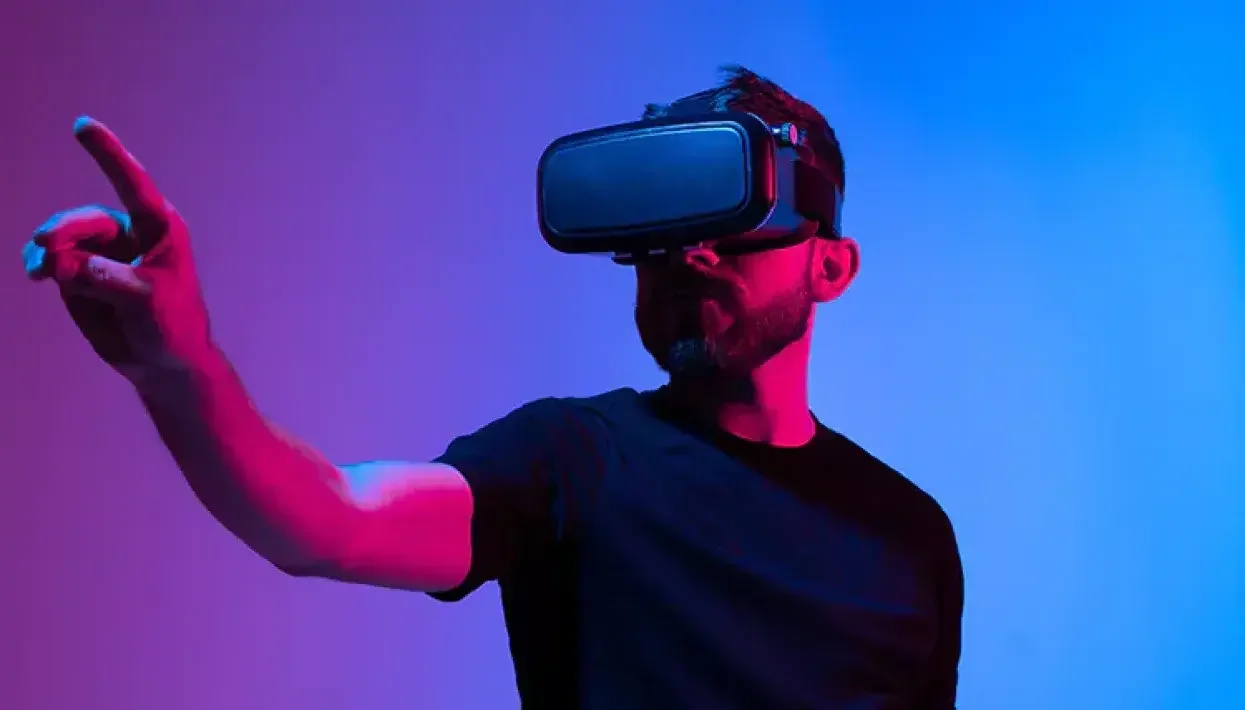Digital Printing
Software
What does the metaverse mean for printers?
Author
FESPA Staff
Published Date
16/12/2022
Become a FESPA Member
to Continue Reading
